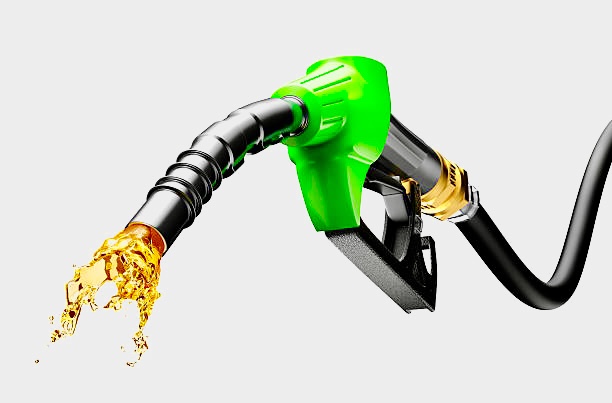As the global inflationary quagmires exacerbate, Africa’s second largest hotspot Zambia has not been spared from price pressure effects. One such key driver of rising input prices is the local currency, the Kwacha, which has been on closing streak as debt restructure protracts. In the February petroleum price review, the Southern African nations energy regulator could hike fuel prices by 3.4%.
READ: Kwacha Slide and Energy Woes Could Exacerbate Price Pressures and Interest Rate Risk
The copper currency slid 4.21% with international crude prices trading 0.09% bullish in the February period translating to potential K0.92 price effect per litre the market could see.
The central bank in the copper producer on February 15 hiked its benchmark interest rate 25 basis points to 9.25%, two weeks after increasing its statutory reserve ratio by 250 bps to 11.5% as it sought to reign in on rising inflationary pressure. Zambia is in the labyrinth of energy reforms that will see potential improvements in pricing efficiencies while the energy regulation board exterminated a 25% import tax on gasoline imports effective January 01, 2023.
International crude markets have a grim outlook as Russia seeks to cut production 500,000 a barrel a day in retaliation to sanctions imposed by the west. In an exchange of statements between the two powers, the US will not relent until it is victorious in the sanctions. Zambia’s energy ministry announced implementation of ethanol blending in the next 3 months. Other interventions in the next couple of months include diesel transmission using the Tazama pipeline.
Until these reforms actualise, widening ambiguity concerning debt reorganisation will be the biggest driver of price pressures as the Kwacha trends bearishly.
The Kwacha Arbitrageur

